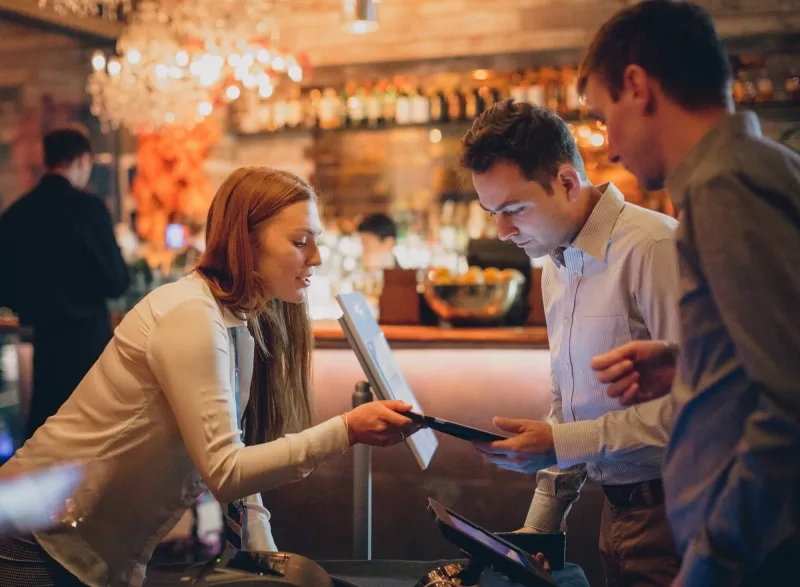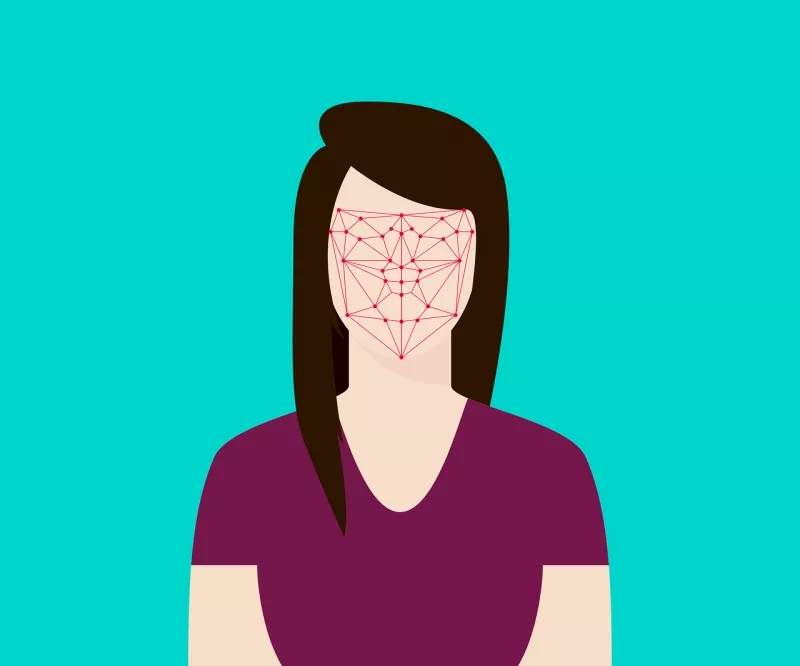Facial recognition software is already widely used in airports, crowd-control management and other use-cases for which there’s a need to identify large groups of people from an existing database in a non-intrusive way.
It is also used to gain access, deliver personalised advertising messages, enhance the mobile user experience, and so much more in our every-day lives.
Although still only used sparingly at conferences and events, facial recognition software has similar potential benefits for the planner.
People are already uploading their faces to FaceApp’s Russian servers to see how they will age. It is hardly a stretch that, as long as organising companies clearly communicate how images will be used, stored and deleted, attendees will weigh up the value exchange and see the benefits of agreeing to facial recognition solutions.
Get ahead of the trend and read all about the five benefits of incorporating facial recognition into your conferences and trade shows.
1) Registration check-in
One of the major pain points for event attendees is a slow check-in process. Bottle-necks are often caused by other delegates arriving with their hands full and not being able to locate their badge or the QR code on their phone.
Planners always have the option of increasing the number of check-in desks or registration staff, but that hikes up the cost. Facial recognition, on the other hand, allows pre-registered visitors to walk-up to a terminal with their smartphone, tablet or laptop, smile at a camera and be instantly identified, without them even having to put their bags down.
2) Session Tracking
Facial recognition is an effective way to record who attends which sessions. It requires minimal set-up and extracts analytics in a non-intrusive manner (no more having your badge scanned each time you enter a room).
It can be as simple as placing a tablet on a stand near the entrance of each room. The software will record people entering and exiting and send it straight to the cloud for facial analysis.
By gaining a deeper understanding of who is interested in certain types of conference streams, you can plan future content accordingly.
3) Added value
Providers of facial recognition technology believe that the first time an event planner introduces the option to check-in by uploading a headshot in advance, 50-60% of attendees will cooperate by uploading their photo. Once those delegates tell others how fast and easy the check-in process was, the opt-in rate is expected to grow for future events.
For those early adopters, your event has provided additional value and an enhanced experience. For everyone else waiting on their badge to print, the fact that a large percentage of attendees are now moving seamlessly through the check-in process will help address the bottle-neck and relieve the queuing pain-point for everyone.
4) Appointment scheduling
Exhibitors at a trade show or conference can access the event’s facial database to help them recognise attendees who have fixed pre-scheduled appointments.
Instead of exhibitors scanning the person’s badge and manually entering all the relevant information into a lead retrieval system, on-stand facial recognition software will keep track of who visited, how long they stayed and even how they were feeling during your meeting.
These analytics, combined with information collected before and after the show, allows for better lead management.
5) Security
For events that require tight security, attendees can be asked to take a picture of their ID along with a selfie when they register online.
A facial recognition algorithm will ensure that it is a real picture and that the two faces match.
Other computer vision algorithms will then perform the rest of the checks in real-time when the person arrives at the venue.
People are becoming increasing comfortable with ID checks for online activities such as banking. As facial recognition plays an ever-greater role in our day-to-day lives, we will also learn to accept and embrace it as part of the event planner’s toolkit.
We believe that facial recognition software will become a routine feature of event technology in the near future. Find out about our other predictions for the Future of Mobile and Events with our on-demand webinar.







